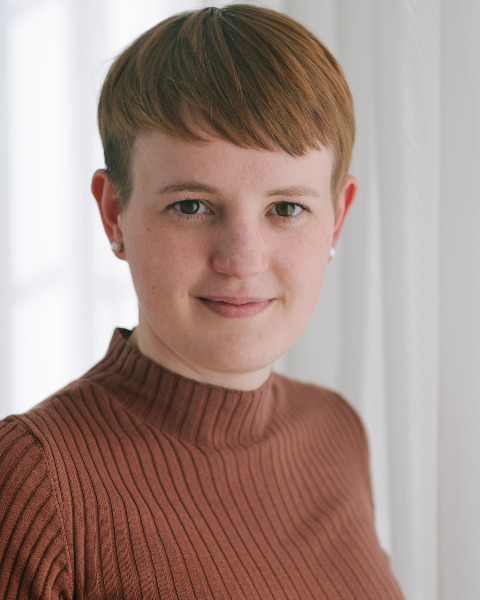Neonatal Clinical Trials Works in Progress
Session: Neonatal Clinical Trials Works in Progress
WIP 74 - Effectiveness of a Venturi-style Low-flow Oxygen Blender in Preventing Hyperoxia
Saturday, April 26, 2025
2:30pm - 4:45pm HST
Publication Number: WIP 74.7571
Paula K. Rauschendorf, Massachusetts General Hospital, Leipzig, Sachsen, Germany; Kwabena Onwona-Agyeman, Greater Accra Regional Hospital, Accra, Greater Accra, Ghana; Marie-Charlyne F. Kilba, Greater Accra Regional Hospital, Accra, Greater Accra, Ghana; Nana O. Brako, Greater Accra Regional Hospital/Ghana Health Service, Accra, Greater Accra, Ghana; Thomas F. Burke, Harvard University, Medford, MA, United States

Paula K. Rauschendorf, MD (she/her/hers)
Postdoctoral Fellow
Vayu Global Health Foundation
Leipzig, Sachsen, Germany
WIP Poster Presenter(s)
Background: Although life-saving at the right doses, too much oxygen can cause hyperoxia-induced disabilities among neonates. Neonates exposed to hyperoxic conditions may suffer injuries to the eyes, lungs, and brain.
In many high-resource countries, blenders are used to help control and optimize the fraction of inspired oxygen in a gas mixture delivered to a neonate. However, oxygen blenders are scarce in low-resource settings.
A novel venturi-style low-flow blender was developed to address this global gap.
Objective: The objective of this study is to evaluate the effectiveness of a novel venturi-style low-flow blender in reducing hyperoxia in neonates.
Design/Methods: We conducted a prospective randomized controlled trial in the NICU of Greater Accra Regional Hospital, Ghana. Consecutive neonates with an oxygen requirement deemed best treated with low-flow nasal oxygen were randomized to the standard of care of .5 L/min of 100% nasal oxygen or to the intervention group, 0.5 L/min of mixed gas with the novel blender set to 40%. All enrolled neonates were placed on continuous pulse oximetry with a Masimo Rad-G pulse oximeter that included software that stored data every 8 seconds for up to 72 hours uninterrupted. Clinical characteristics and demographics of all enrolled neonates were collected.
Mean, median, and the percentage of time a neonate spends in hyperoxic pulse oximetry conditions will be compared between the standard of care and intervention groups.
This study was approved by the Ghana Health Service Ethics Review Committee under the registration number GHS-ERC: 002/05/23. Data analysis and manuscript preparation will have been completed by the end of February 2025.

